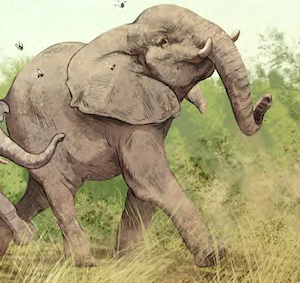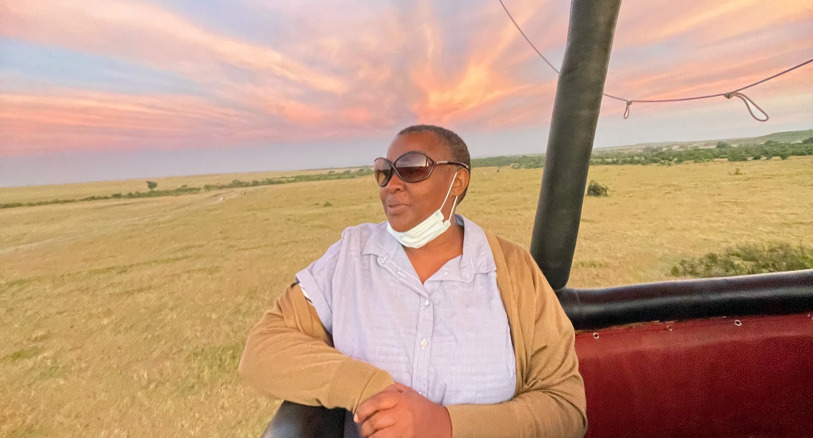Sometimes species go missing …
A “missing” animal still knows where it is, of course! But scientists and conservationists may not have seen it for a long time. Sometimes a species is not seen for so long that it is thought to be extinct.
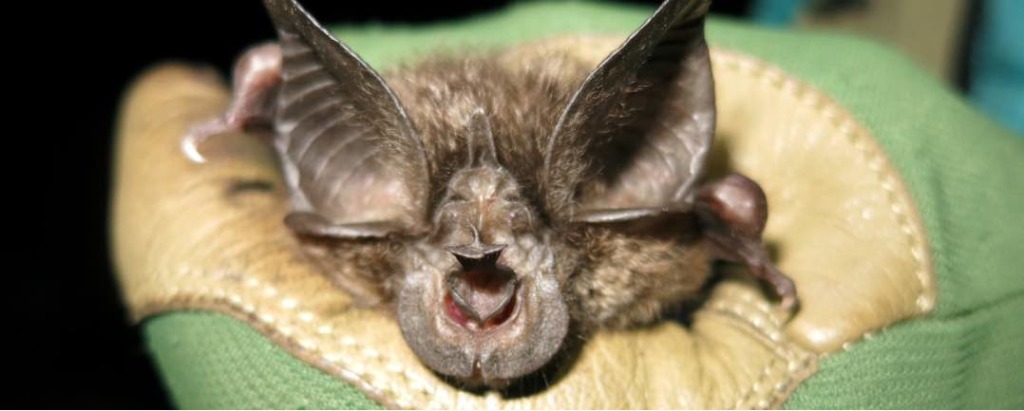
Hill’s horsehoe bat by Jon Flanders, Bat Conservation International
Hill’s horseshoe bat is a type of horshoe bat known only from Nyungwe National Park in Rwanda, a country in east-central Africa. Some people feared this bat was extinct because the last one was seen in 1981.
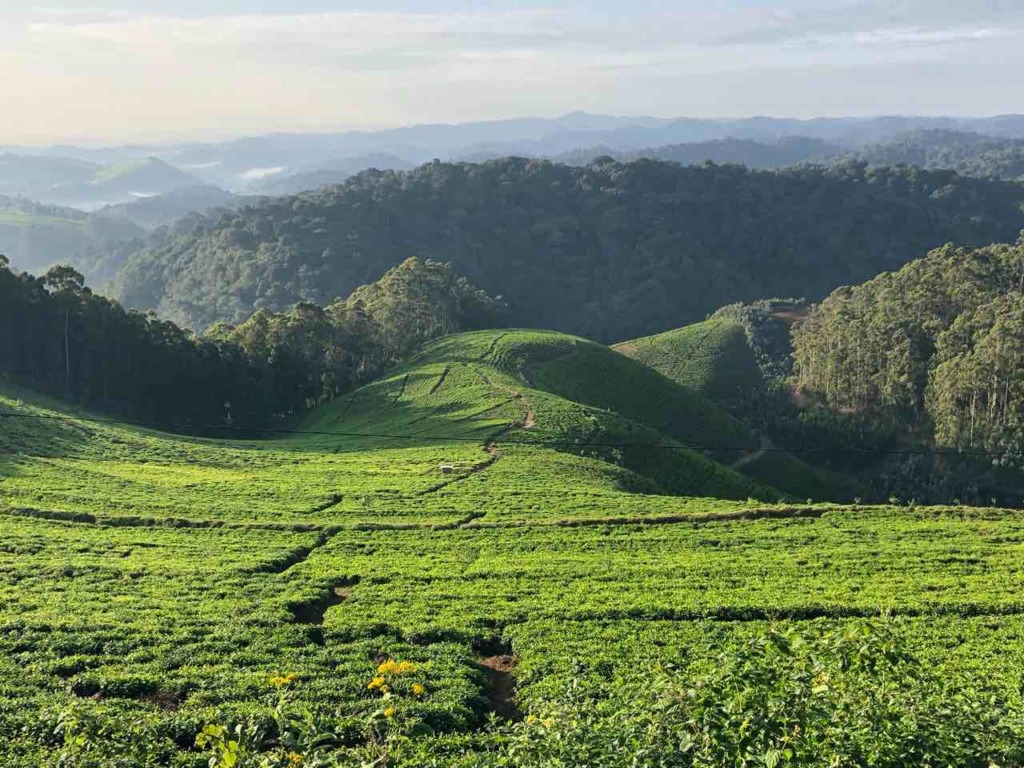
Nyungwe National Park is the only location that the Hill’s horseshoe bat has ever been found and researchers believe it lives in one core area within the park. Photo by Winifred Frick, Bat Conservation International
A team of experts went looking for the Hill’s horseshoe bat in the old-growth cloud forests of Nyungwe National Park. The science team went on a 10-day, 10-night expedition. The search for the bat was hard. Rain pummeled down as the team hiked through the steep terrain of the park.

Bat Conservation International and collaborators preparing equipment before it was used to capture bats in the Nyungwe National Park. Photo by Winifred Frick, Bat Conservation International
At 4 a.m. one morning, they checked the mist nets that they had set up to catch bats.
Bingo!
They found the first Hill’s horseshoe bat that anyone had seen for 40 years! They measured the bat. They recorded the echolocation call of the bat.
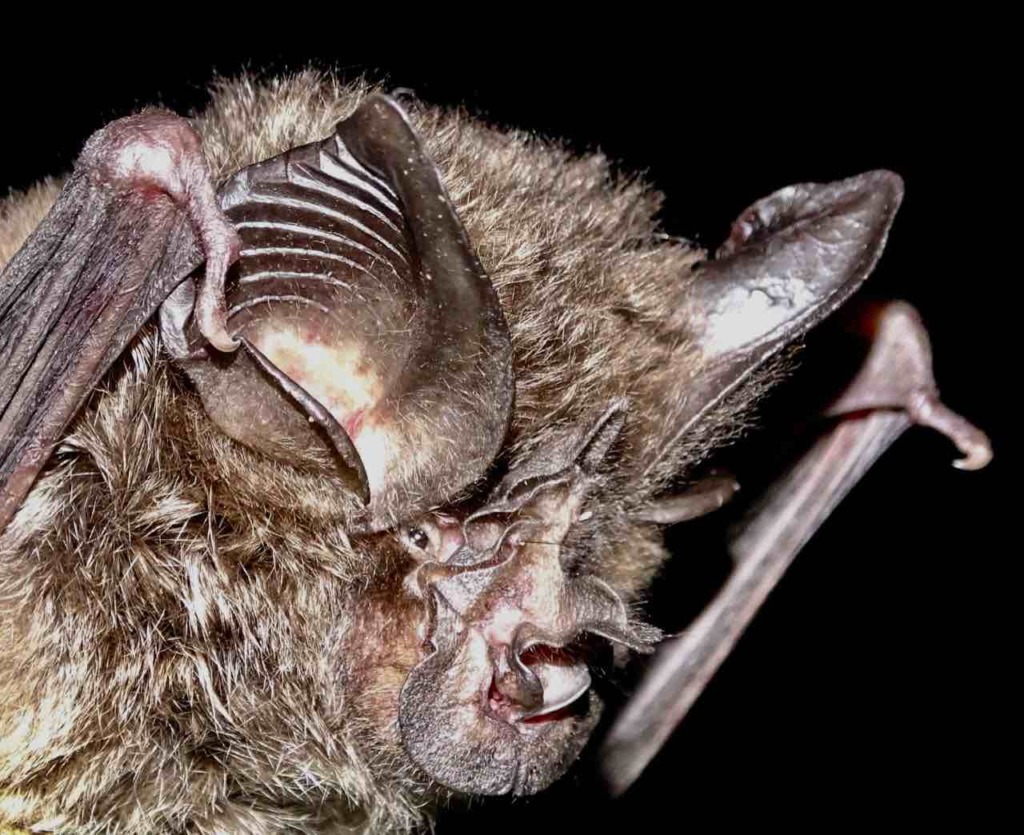
The exaggerated nose fold of the Hill’s horseshoe bat helps it to control its low-frequency echolocation call. Photo by Winifred Frick, Bat Conservation International
The Hill’s horseshoe bat has a horseshoe-shaped structure on its nose called a nose leaf. This nose leaf helps the bat modify the echolocation emitted from its nose area. It turns out that Hill’s horshoe bat has a low-frequency echolocation call, quite different from other closely related bats.
Recording the call was important because now the Hill’s horseshoe bat call can be added to devices called bat detectors. A bat detector is a handheld computer that can detect bat echolocation calls and compare it with a database of known bat calls to find a match.
Now scientists and rangers are working together to monitor Hill’s horseshoe bats in Nyungwe National Park by their calls, without having to capture them. Hopefully this will help prevent this bat species from going missing again!
Posted by Mongabay Kids
For more on this story, visit Mongabay.com:
Article by Liz Kimbrough: https://news.mongabay.com/2022/03/comical-bat-not-seen-in-40-years-is-found-again-in-a-rwandan-park/

